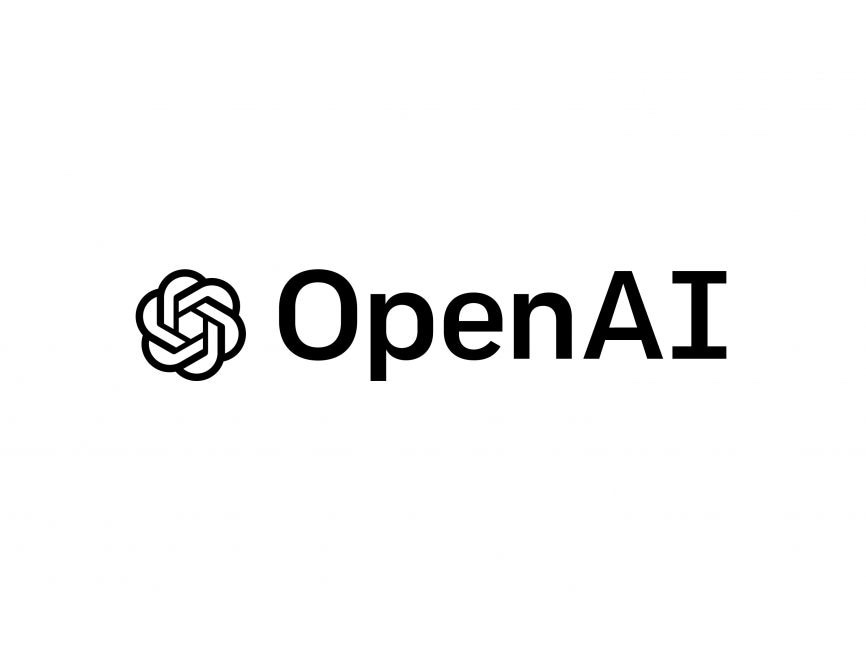Welcome to vocabotics, AI news.
Today we have five stories from another exciting week in the world of AI.
First up, after several months of delay, and the Sam Altman debacle, the GPT store is finally launching. The details aren’t clear yet, but there has been previous mention of monetization of your custom GPT’s. So what do you have to lose? Start building your own exciting GPT today, and be at the forefront of this exciting technology.

In a slightly unexpected, and quirky AI hardware development, Microsoft has announced the Copilot key. After several decades of the PC keyboard that we all know and love, a new button is coming. This small addition, actually just a re-mapping of the right control key, highlights just how important Microsoft clearly places the role of AI in the daily user experience.

In the business world, we are starting to see some of the first enterprise focused models being developed. J.P. Morgan’s AI research team have published a paper proposing a new type of DocLLM: LLM, A LAYOUT-AWARE GENERATIVE LANGUAGE MODEL FOR MULTIMODAL DOCUMENT UNDERSTANDING,
is designed to handle formatted documents such as forms, invoices, receipts, reports, contracts, and other similar records. Expect to see many more big advances in the corporate world of AI in the coming months.
Read the full paper here.

Our next story comes from the world of prompting. A research paper from the Mohamed bin Zayed University of AI
introduces 26 guiding principles designed to streamline the process of querying and prompting large language models. These range from dropping your please and thankyou’s, to structured approaches to prompting such as breaking complex prompts into a sequence of smaller tasks. The 26 principles are:
1) No need to be polite with LLM so there is no need to add phrases like “please”, “if you don’t mind”, “thank you”, “I would like to”, etc., and get straight to the point.
2) Integrate the intended audience in the prompt, e.g, the audience is an expert in the field.
3) Break down complex tasks into a sequence of simpler prompts in an interactive conversation.
4) Employ affirmative directives such as ‘do,’ while steering clear of negative language like ‘don’t.
5) When you need charity or a deeper understanding of a topic, idea, or any piece of information, utilize the following prompts:
o Explain [insert specific topic| in simple terms.
o Explain to me like I’m 11 years old.
o Explain to me as if I’m a beginner in [field].
o Write the lessay/text/paragraph] using simple English like you’re explaining something to a 5-year-old.
6) Add “I’m going to tip “xxx for a better solution!”
7) Implement example-driven prompting (Use few-shot prompting).
8) When formatting your prompt, start with ###Instruction##, followed by either ##Example## or ‘###Question###’* if relevant. Subsequently, present your content. Use one or more line breaks to separate instructions, examples, questions, context, and input data.
9) Incorporate the following phrases: “Your task is” and “You MUST”.
10) Incorporate the following phrases: “You will be penalized”.
11) use the phrase “Answer a question given in a natural, human-like manner” in your prompts.
12) Use leading words like writing “think step by step”.
13) Add to your prompt the following phrase “Ensure that your answer is unbiased and does not rely on stereotypes”.
14) Allow the model to elicit precise details and requirements from you by asking you questions until he has enough information to provide the needed output (for example, “From now on, I would like you to ask me questions to…”).
15) To inquire about a specific topic or idea or any information and you want to test your understanding, you can use the following phrase: “Teach me the [Any theorem/topic/rule name] and include a test at the end, but don’t give me the answers and then tell me if I got the answer right when I respond”.
16) Assign a role to the large language models.
17) Use Delimiters.
18) Repeat a specific word or phrase multiple times within a prompt.
19) Combine Chain-of-thought (CoT) with few-Shot prompts.
20) Use output primers, which involve concluding your prompt with the beginning of the desired output. Utilize output primers by ending your prompt with the start of the anticipated response.
21) To write an essay /text /paragraph /article or any type of text that should be detailed: “Write a detailed [essay/text /paragraph] for me on [topic] in detail by adding all the information necessary”.
22) To correct/change specific text without changing its style: “Try to revise every paragraph sent by users. You should only improve the user’s grammar and vocabulary and make sure it sounds natural. You should not change the writing style, such as making a formal paragraph casual”.
23) When you have a complex coding prompt that may be in different files: “From now and on whenever you generate code that spans more than one file, generate a Iprogramming language I script that can be run to automatically create the specified files or make changes to existing files to insert the generated code. your question!”.
24) When you want to initiate or continue a text using specific words, phrases, or sentences, utilize the following prompt:
ol’m providing you with the beginning Isong lyrics/story/paragraph/essay…: Insert lyrics/words/sentence!’ Finish it based on the words provided. Keep the flow consistent.
25) Clearly state the requirements that the model must follow in order to produce content, in the form of the keywords, regulations, hint, or instructions
26) To write any text, such as an essay or paragraph, that is intended to be similar to a provided sample, include the following instructions:
o Please use the same language based on the provided paragraph/title/text /essay/answer].
Find the link to the full paper here.

Finally, a reminder to be careful what you read and believe in the news and social media. Rumor, gossip, and interest has all been focused on the release of the Epstein papers this week. But did you know, a number of fake A I generated images have appeared in online articles featuring well known public figures with Mr Epstein?
That’s all for today’s vocabotics AI news. Thanks for reading and have a great weekend, and of course come back next week for more AI news.